Storing pharmaceutical and biological materials isn’t as simple as putting them in a facility closet with little-to-no air control functions.
According to the World Health Organisation, there are a number of facility climate requirements companies need to abide by. These standards are incredibly stringent, and define what sort of temperature loggers organisations should use.
University Technical Service Support Manager Philip Lawrence, detailed how the Testo Saveris data logger assists him.
The University of Technology Sydney (UTS) is one institution that must pay attention to climate control guidelines. Offering more than 130 undergraduate and 210 postgraduate degrees across fields between information technology and pharmacy, the university is also an active participant in biological engineering research.
UTS’ role in pharmaceutical, biotechnological and scientific assessments has put indoor climate administration as a key priority for the institution. University Technical Service Support Manager Philip Lawrence, detailed how the Testo Saveris data logger assists him in maintaining optimal storage environments.
1. What’s your role at the university? How long have you been working there?
I have been at UTS since 2000 in various roles from Technical Officer, Electronics Workshop Officer, Research Laboratory Manager and now Technical Support Manager. I started in the University of Sydney in 1994. As Technical Support Manager in the Faculty of Science, I am responsible for cross facility operations and projects such as the alarm systems, our field vehicle fleet, centralised glasswash, cryostorage facility and I also manage our superlab teaching facility.
2. What does your day-to-day workflow look like?
My day consists of several meetings, on average. Planning and implementing new systems and facilities as well as reviewing, recommending and applying improvements to existing systems is routine. I also spend a lot of time helping staff solve problems from equipment and system failures to communications and collaboration. I manage a team of three staff members and support the General Manager of Technical Services by coordinating systems between facility managers.
3. Why does UTS need a temperature monitoring system?
One of the conditions on our insurance for perishable goods is that it is only covered if we have alarms set for our temperature monitoring system. Moreover, the insurance excess often prohibits any reasonable recovery of losses and is often too little too late to help when years of work have been lost. We therefore rely on early detection of critical storage problems that allow us to respond to and correct equipment failures and save our precious samples.
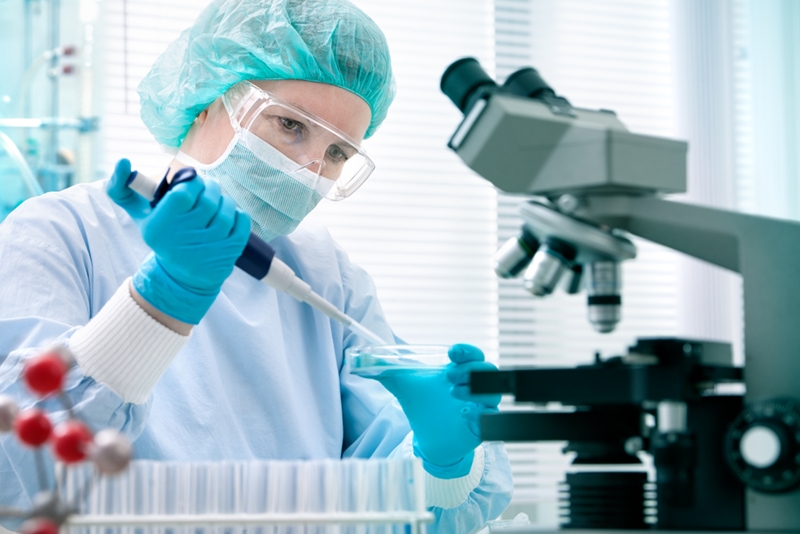 UTS must maintain stringent temperature control measures.
UTS must maintain stringent temperature control measures.4. Why does the school have multiple temperature parameters for their samples?
Medium term storage of live cells requires that they are stored below -50 degrees Celsius to prevent the cells from deteriorating. For this we use a -80 freezer so that there is room for temperature drift without losing cells. For very long-term storage of biological samples, we put cells and nucleic acid samples in liquid or vapour phase nitrogen as they need to be kept below the glass transition temperature of water (below -135 degrees Celsius)This ensures that molecular motion stops and all biological enzymes that might damage our samples cease to operate.
We also have incubators running different temperature set points, as our research is diverse – covering biomedical cell culture and cryostorage, aquatic algae and corals. We store numerous other biological samples at -200, -80, -20 and 4 degrees Celsius.
5. What is it about the Saveris temperature logger that makes it so helpful? How does it assist you on a regular basis?
The Testo wireless system allows us to set up new equipment on an alarm in a matter of minutes and gives us direct control of the alarm set points, who received notifications and in what order. It also gives us instant feedback of all aspects of the system and this allows us to quickly test, troubleshoot and correct problems without depending on other departments in the University.
By contrast, wired systems take a long time to install to new locations and are expensive and usually involve several different divisions of the university. This lack of local control causes significant lags in installation and troubleshooting.
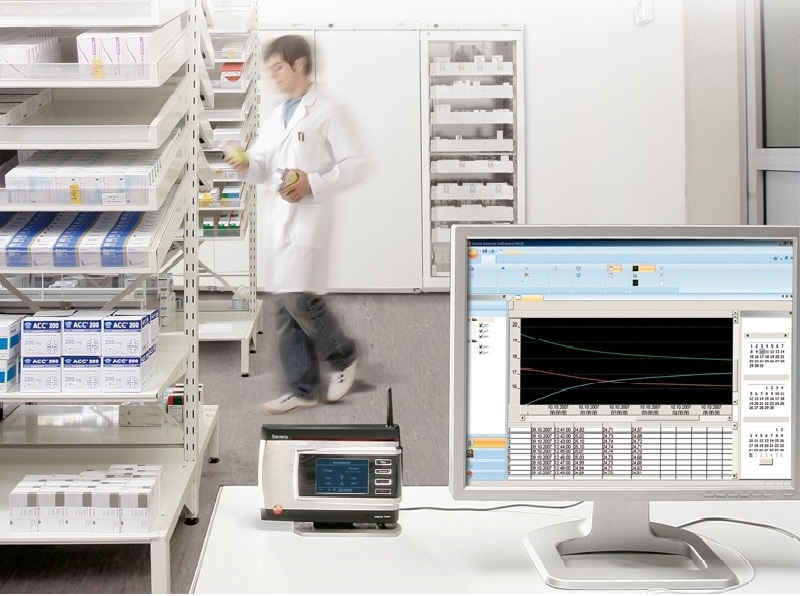 The Saveris monitoring solution allows you to view temperature information from multiple facilities.
The Saveris monitoring solution allows you to view temperature information from multiple facilities.6. How do you monitor temperature in your incubators, medical fridges and freezers? What does the data tell you about performance?
For highly critical temperature storage, the Saveris provides rapid alarms and also allows us to review temperature history for each incubator. For some less-critical systems, we use the device to monitor refrigerator power supplies.
7. Since you are responsible for multiple locations, has the temperature monitoring systems met your expectations?
I like the Testo system because it has made the monitoring and troubleshooting of our critical storage practical and easy even across multiple facilities that require different types of monitoring.



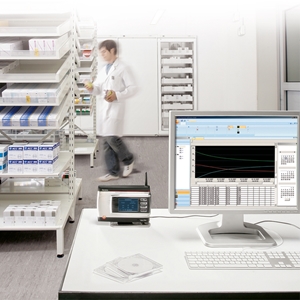
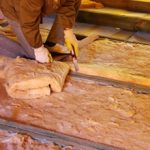
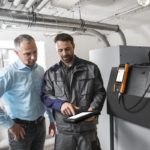

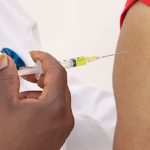

 Reduce cooking oil costs while ensuring quality
Reduce cooking oil costs while ensuring quality Expert knowledge on CO2 monitoring
Expert knowledge on CO2 monitoring Refrigeration knowledge - in 3 modules
Refrigeration knowledge - in 3 modules



